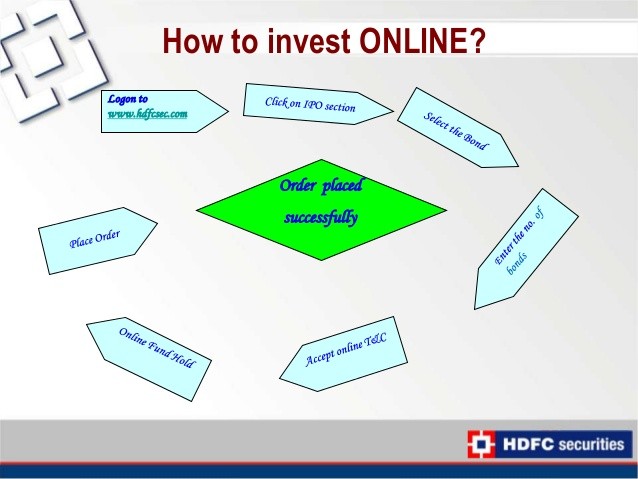HowtoInvestOnline Taxes on Foreign Investments
Post on: 9 Июнь, 2015 No Comment

Taxes on Foreign Investments
Investors who have taken the step of expanding their horizons by diversifying internationally, for example by buying foreign stocks or ETFs. need to be aware of the tax ins and outs, 1) to keep the tax folks at the Canada Revenue Agency ( CRA ) satisfied and 2) to put such assets in the right type of account.
The first point to recognize is that investing abroad is not a way to escape taxes. Canadian residents are taxable on their worldwide income, including all their foreign income and gains, which probably means taxes to pay unless protected by registered accounts.
Registered Accounts
- retirement-related accounts like RRSPs. LIRAs. RRIFs. LIFs do not pay any Canadian income taxes while the foreign holdings and associated profits received from sales, dividends and interest remain in the account. That’s very convenient as it means there is no tax reporting or tracking to do.
- TFSAs and RESPs do not pay any Canadian tax while the funds/holdings are inside and so there is no reporting or tracking for them either. but unlike the retirement accounts above they are subject to 15% non-resident withholding taxes levied by the USA on any dividends or fund distributions (see Canadian Tax Resource’s TFSA & Non-Resident Withholding Taxes ), which cannot be claimed or recovered .
Non-Registered / Taxable Accounts
A general rule is that for tax purposes, everything must be calculated in Canadian dollars when transactions occur, or in the case of trades, when they settle, normally three days after the trade date.
- Capital Gains and Foreign Currency — when buying and selling foreign securities (stocks, ETFs and bonds) on foreign exchanges like the NYSE, AMEX and NASDAQ, it is necessary to track and report both the currency conversion in and out, and the actual trades. Canadian Tax Resource (who is an accountant) walks through an excellent example in Exchange Rates, Investments and Income Tax. To be able to report this you will have to keep records of the Adjusted Cost Base (the CRA term for the running total of an asset in Canadian dollars) for each foreign security. The brokerage Book Value cost cannot be relied upon as accurate (through no fault of their own) if there are dividend reinvestments. capital gains distributions and return of capital as explained in a previous post ETFs and Mutual Funds — Calculating Capital Gains. A spreadsheet is a convenient way to track this — CanadianFinancialDIY has a model — go to the bottom of the blog to the My Main Portfolio Google docs spreadsheet and click on the Cost Base tab.
- Foreign Currency Rate — CRA accepts either a Bank of Canada rate. or the actual one applied by the broker.
Which account for which foreign securities?
- Fixed income is best in a registered account
- Equities are best in a taxable account to take advantage of the foreign tax credit and the capital gains treatment
Disclaimer: this post is my opinion only and should not be construed as investment advice or recommendations. Nor is it to be taken as professional advice, merely information to get started. To be sure, consult an accountant.














